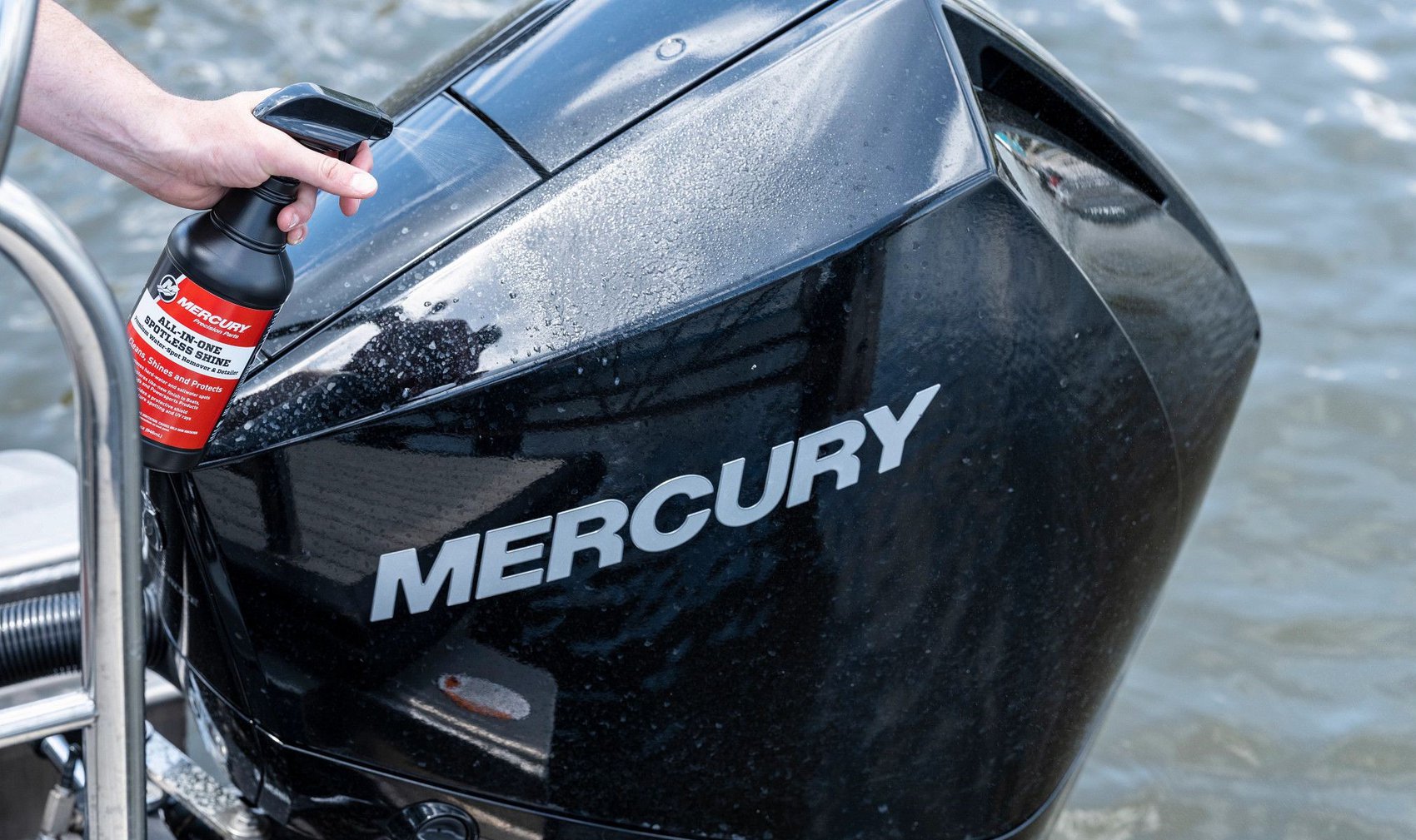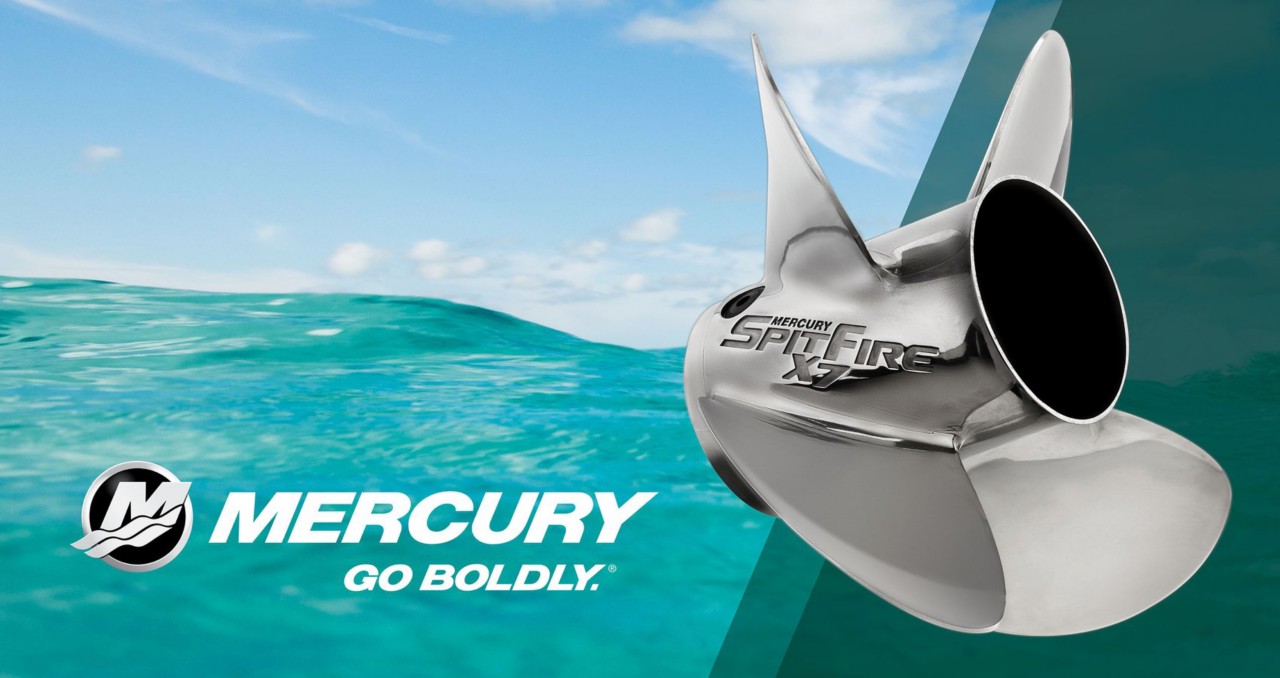A prepared boat owner carries a spare propeller for the same reason a driver has a spare tire – when you need one, the only other option would be a tow. A propeller can get damaged so badly it simply will not function, either because the blades are bent from striking a hard bottom or object in the water, or because the hub is damaged. Changing to a spare prop and hub kit kept onboard can get you back to port, just as the spare tire in your trunk can get you home.
For general lake and inshore boating, your spare prop really only needs to be “good enough.” You can carry an affordable aluminum propeller as a spare for your more valuable stainless steel prop. Many boaters use a previously repaired prop as a spare and a new prop as their main prop, even if the pitch on the spare is an inch or two larger or smaller than the main propeller. The mission of the spare is simply to get you home.
If your boating takes you far offshore, it’s more critical that the spare prop is rated for the power of your engine and is of a size similar to your main prop, so that the boat is able to get on plane and cruise back to port at an efficient speed. Yet even for offshore duty, a less-than-ideal prop can be a perfectly adequate solution.
Just having a spare prop won’t do you any good without the tools and hardware you’ll need to install it. Your spare prop kit should include a specialized propeller wrench or a breaker bar handle with a deep-well socket that fits the propeller nut. A prop wrench such as the Mercury Floating Propeller Wrench is made of plastic and will float, which is a handy feature if you are forced to change the prop in deep water. The prop nut and other hardware will not float, which is why your kit should also include at least one spare prop nut and any washers, cotter pins or other hardware required to secure the prop, all of which are available from a Mercury Marine dealer. A short piece of wood – 6 inches of 2-by-4 usually does the trick – can be placed between the prop blade and the anti-ventilation plate of the lower unit to keep the prop from turning as you loosen and tighten the prop nut.
VIDEO: Mercury Pro Team member and professional bass angler Edwin Evers demonstrates correct installation of a propeller with the Mercury Flo-Torq® SSR HD hub kit.
If you are using a late-model Mercury propeller with a Flo-Torq hub system, also keep a matching Flo-Torq replacement kit on the boat. The Flo-Torq hub is designed to be sacrificial. In the event of a hard strike to the propeller, the Flo-Torq hub gives way to protect the prop shaft and gearcase from damage. If that happens, the propeller might still be functional, and you can get back underway by removing the prop and replacing the hub components. You can also replace a damaged propeller that uses a Flo-Torq hub with a spare prop that uses an old-style rubber hub, as long as that prop fits your gearcase and prop shaft and you have the correct hardware required to install it.
It’s a good idea to learn to install your spare prop on dry land or in the marina just to make sure you’ve got all the tools and hardware you need. When you remove the main prop, pay close attention to how washers and spacers are installed so you can put them back in the same order, facing the proper direction, when you install the spare. Before you begin removing the propeller, always remove the key from the ignition and disconnect the emergency shut-off lanyard.
In calm conditions and in safe waters when near the shore, the simplest way to change a prop is to back the boat up near the bank, so you can wade out and change it while standing. Changing a prop at sea can be a challenging operation, especially in rough conditions or if the water is very cold. Before entering the water, deploy the boarding ladder, wear a PFD and secure a lifeline between yourself and the boat. If you’re alone or conditions are too challenging to safely change the prop, don’t take unnecessary risk. The smart move is to hail assistance.
Once the spare is installed, head for port or, if everything is functioning properly, continue with your outing. That’s the beauty of being properly prepared: You have the opportunity to salvage the day and continue enjoying your time on the water.




